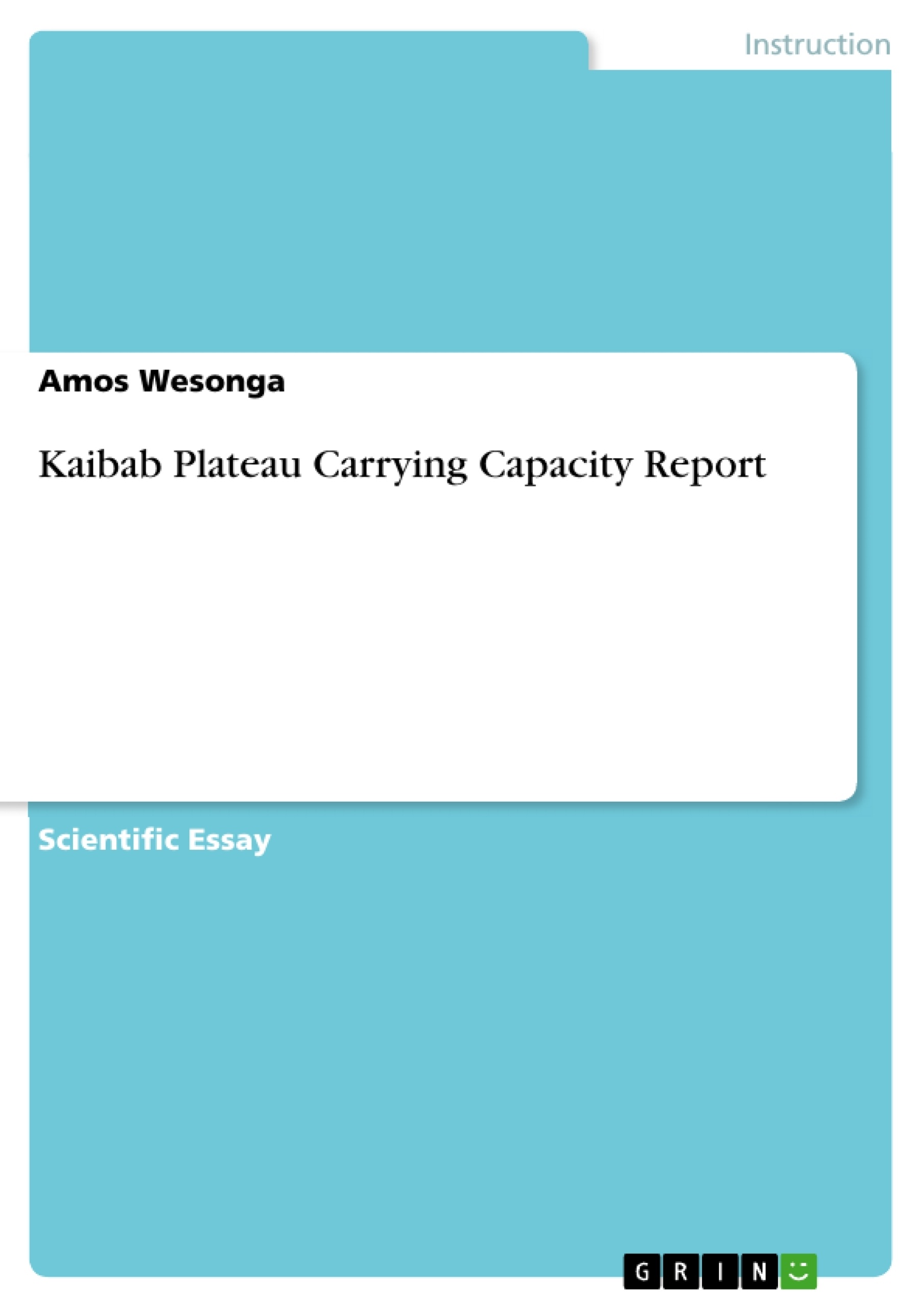The Kaibab Plateau had a decline in deer population due to increased competition for grazing fields by cattle and a rise in the number of predators feeding on the deer. Thus, it was logical, but not prudent in the long run, to eliminate competitors and predators to the deer. As such, the population of this species rose rapidly and depleted available resources such as grass and water, eventually experiencing challenges such as diseases and death due to lack of sufficient food. Over the years of observation of the phenomena on the plateau, critical lessons about letting nature balance itself have been learned. Therefore, it is wise to consider the long term effects of any slight alterations in the ecosystem.
Table of Contents
- Introduction
- The Relationship of the Deer Herd to the Carrying Capacity
- Effects of Various Actions Taken by the Forest Service from 1907-1920
- Lessons Learnt from 1905-1939
Objectives and Key Themes
This report examines the impact of human intervention on the delicate balance of the Kaibab Plateau ecosystem, focusing on the deer herd and its relationship to the carrying capacity. The report aims to describe the changes in the deer population over time, explore the effects of various actions taken by the Forest Service, and highlight the lessons learned about the importance of understanding ecological complexities.
- Carrying Capacity and Population Dynamics
- The Impact of Predator Removal and Habitat Management
- The Importance of Ecological Balance
- Lessons Learned from the Kaibab Plateau Case Study
Chapter Summaries
- Introduction: The report sets the context by defining carrying capacity and outlining the historical situation of the Kaibab Plateau deer herd, emphasizing the decline in deer numbers due to predation and competition.
- The Relationship of the Deer Herd to the Carrying Capacity: This section analyzes the relationship between the deer population and the carrying capacity of the Kaibab Plateau, highlighting how changes in predator and competitor populations led to significant fluctuations in the deer population. The impact of the carrying capacity on the ecosystem and the potential for overgrazing are discussed.
- Effects of Various Actions Taken by the Forest Service from 1907-1920: This chapter focuses on the interventions by the Forest Service, such as the elimination of predators and competitors, and their consequences on the deer population and the environment. It explores the unintended consequences of disrupting the natural balance of the ecosystem.
Keywords
The core keywords and focus topics of this report include carrying capacity, predator-prey relationships, ecosystem management, ecological balance, overgrazing, population dynamics, and the Kaibab Plateau.
- Quote paper
- Dr. Amos Wesonga (Author), 2016, Kaibab Plateau Carrying Capacity Report, Munich, GRIN Verlag, https://www.grin.com/document/439532




